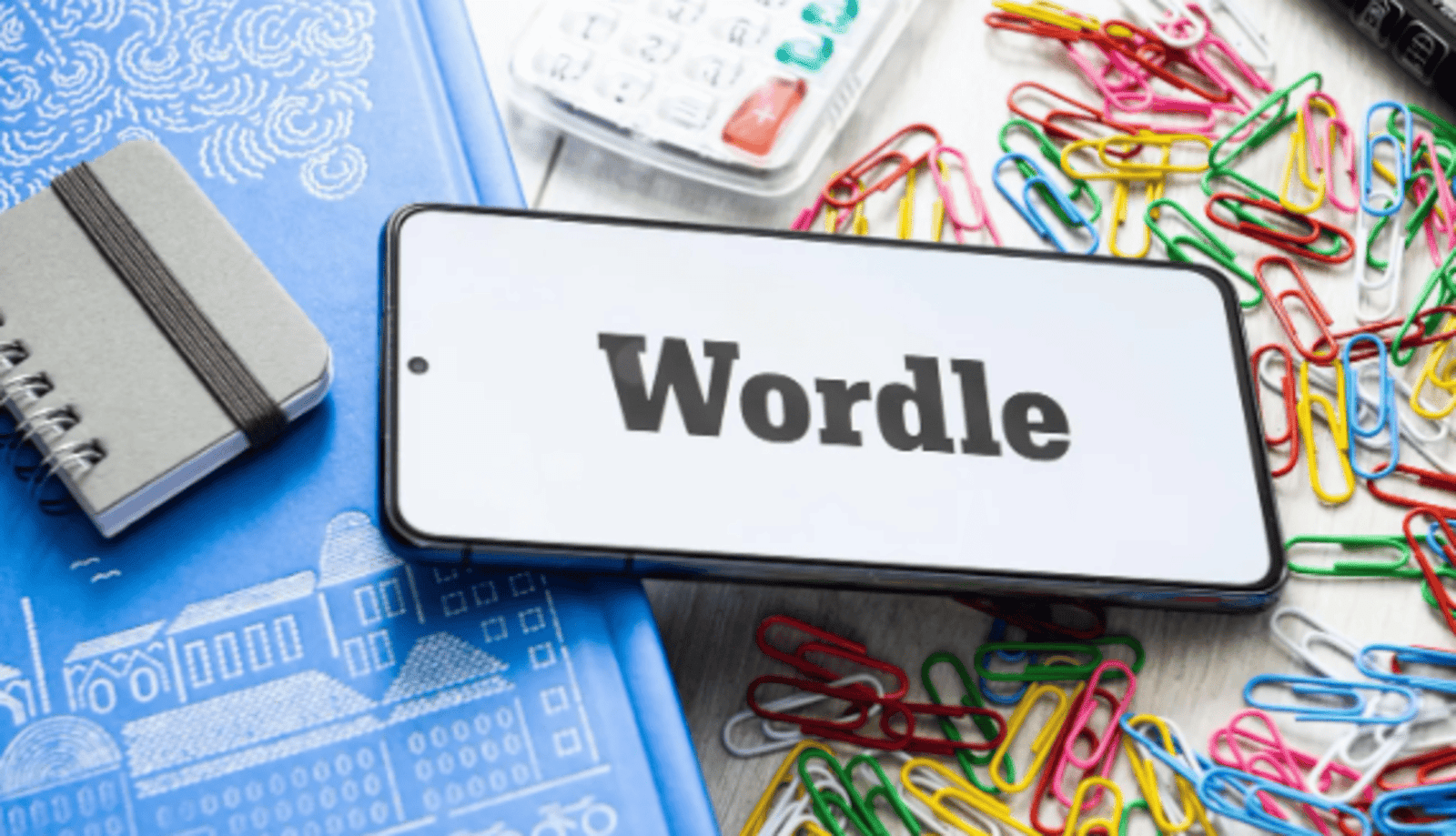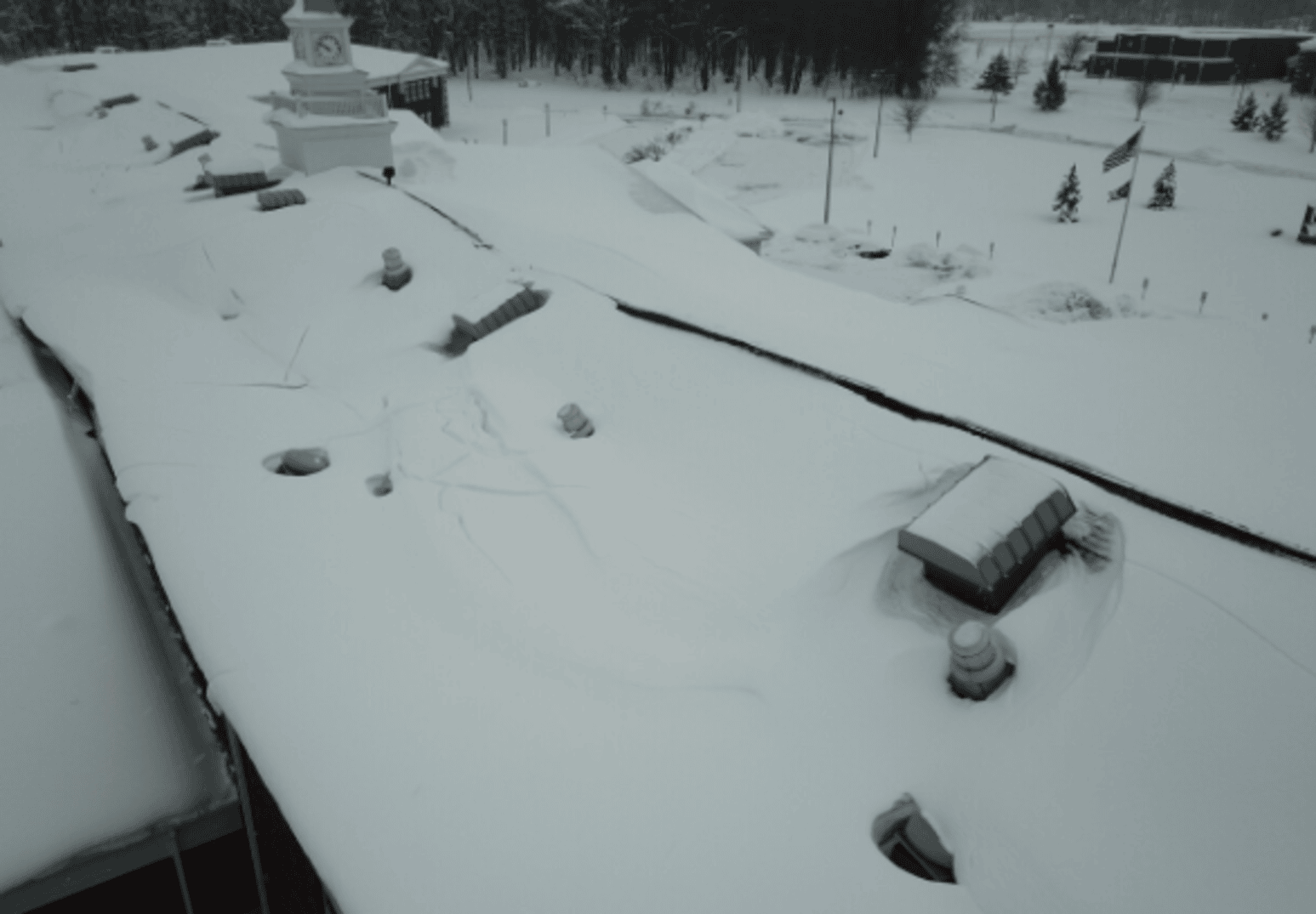
Disco Demolition: Night of Chaos.July 12th: A Date Infamous – Disco Demolition Night Rocks (and Riots) Chicago
On July 12th, 1979, a night meant for baseball at Chicago’s Comiskey Park took a wild turn. This date became etched in history not for a thrilling game, but for a promotion gone spectacularly wrong – Disco Demolition Night. Disco Demolition: Night of Chaos
Doubleheader, Double Trouble?
The Chicago White Sox planned a doubleheader against the Detroit Tigers, hoping to boost attendance on a sweltering summer night. He proposed a halftime promotion: fans bringing disco records would get in for a discounted price, with the promise of a giant crate of records being blown up between games.
Discounted Entry, Discounted Respect for Disco?
The White Sox, eager for a crowd boost, agreed. News of the promotion spread like wildfire, attracting a mix of baseball fans and disco detractors. Instead of the anticipated 20,000, over 50,000 people crammed into Comiskey Park, many with a single goal – to witness the disco’s demise.
First Pitch, First Signs of Trouble?
The first game unfolded with an undercurrent of tension. Disco records started flying onto the field, a premonition of what was to come. The explosion, orchestrated by Dahl himself, was supposed to be a symbolic gesture. However, the sheer volume of explosives used created a crater in the centerfield.
From Celebration to Chaos
This ignited the crowd. Thousands rushed the field, tossing records, fireworks, and even bases. The baseball diamond transformed into a scene of chaos, with police struggling to contain the frenzy. The second game was ultimately forfeited by the White Sox due to the damaged field.
Disco Demolition: A Legacy of Destruction?
The night was a national news story, a symbol of the anti-disco movement and the volatile emotions it evoked. The White Sox faced immense criticism for their poor judgment in promoting such a reckless event.
Beyond the Mayhem: A Cultural Snapshot
Despite the chaos, Disco Demolition Night offers a glimpse into the cultural landscape of the late 70s. The public’s changing taste in music, the rise of anti-establishment sentiment, and the growing influence of radio personalities all played a role in this bizarre event. It remains a cautionary tale about the power of hype and the potential consequences of underestimating audience behavior.
Disco Demolition: A Night of Broken Records (and Hearts)?
The event also raised questions about the treatment of popular culture. Disco music, once a vibrant and inclusive movement, was demonized and ridiculed. The destruction of records symbolized a rejection of a cultural phenomenon, a perspective many music lovers found disheartening.
Disco Demolition: More Than Just a Riot
Looking back, Disco Demolition Night carries a multifaceted legacy. It wasn’t just a night of destruction, but a confluence of social trends and cultural anxieties. It serves as a reminder of the ephemeral nature of trends, the power of music to ignite emotions and the responsibility of media figures and event organizers.
The Aftermath: A Changed Landscape
The night had lasting repercussions for the White Sox. Security protocols were tightened, and the team faced financial penalties. Disco music continued to decline in popularity, but its legacy as a vibrant musical movement endured. Disco Demolition Night, for better or worse, became a unique footnote in baseball and music history.
Perspectives on Disco Demolition Night
Fans’ View:
“It was a wild night! We just wanted to see disco go out with a bang.”
Musicians’ View:
July 12th, 1979, will forever be associated with Disco Demolition Night. This bizarre event transcended baseball, becoming a cultural touchstone. It serves as a reminder of the volatile mix of music, media, and public sentiment, and the lasting impact a single night can have.
Disco Demolition: A Night That Sparked a Cultural Bonfire (and Riot)
Disco Demolition Night wasn’t just a riot at a baseball game; it was a cultural bonfire fueled by a confluence of factors. Let’s delve deeper into the story behind this infamous night.
Seeds of Discontent: The Anti-Disco Movement
Critics saw it as superficial, repetitive, and disconnected from social issues. Radio personality Steve Dahl, known for his outspoken ways, became a vocal leader of the anti-disco movement. His recently canceled show on a disco station fueled his desire to take a stand.
Comiskey Park Transforms: A Breeding Ground for Chaos
The Chicago White Sox, desperate to boost attendance on a hot summer night, saw an opportunity in Dahl’s
promotion. They envisioned a playful event, a symbolic explosion of outdated music. Little did they know, they were setting the stage for a real explosion – of anger and rebellion.
From Novelty to Mayhem: The “Explosion” Heard Around the World
The promised “explosion” was supposed to be a controlled affair. However, the sheer volume of explosives used created a crater on the field, sending shockwaves through the crowd. What was meant to be a spectacle transformed into a trigger, igniting a frenzy in the stands.
Fans Take the Field: Disco Demolition Goes Literal
Thousands of fans, fueled by anti-disco sentiment and the electricity of the moment, stormed the field. Records rained down like confetti, a symbolic rejection of the music. Fireworks and even bases became missiles, a scene more akin to a warzone than a baseball game.









